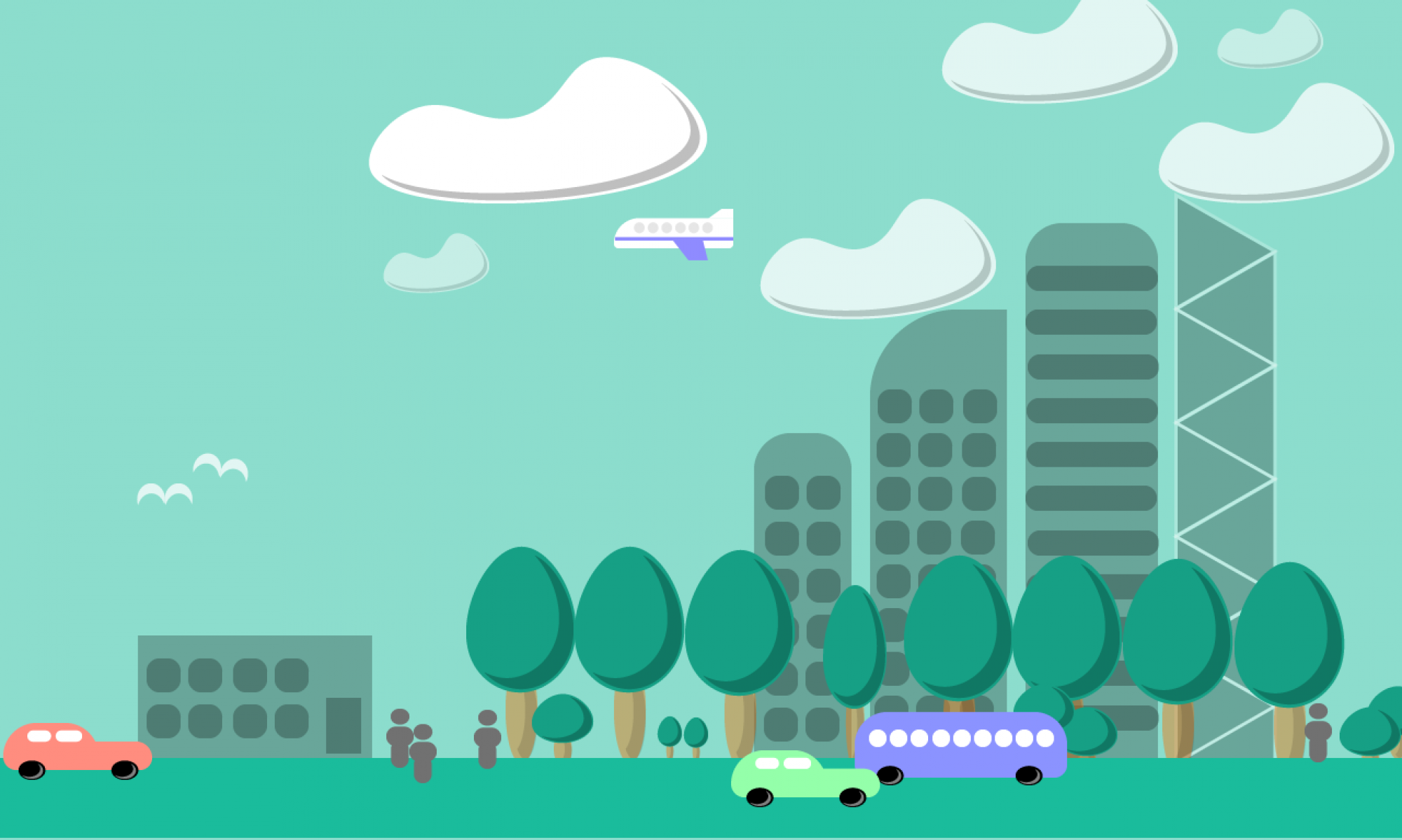PART 1 금융의 큰 그림 | CHAPTER3 돈은 어떻게 작동하는가?
돈… 돈은 무엇이고 어떻게 작동할까요? 또한, 어떤 기능들을 하고 있을까요?
비록 그 자체로는 아무 가치가 없는 종이 한 장에 불과하지만, 돈은 우리 사회에 다양한 목적으로 사용되고 있습니다.
우선, 돈은 교환의 수단으로써 역할을 하고 있습니다.
돈이 발명되기 전에는, 물물교환이 유일한 교역 수단이었고, 당신이 가지고 있지 않은 물건을 원할 경우에는 그 물건을 가지고 있고, 또한 당신이 가진 물건과 교환하려하는 사람을 찾아야 했습니다. 예를 들어, 만약 당신이 밀 한 포대를 수확하였고, 고기 한 덩어리랑 교환을 하고 싶다면, 밀 한 포대를 고기 한 덩어리와 바꾸고 싶어하는 정육점 주인을 찾아야 했을 겁니다. 하지만 돈이 나타난 이후부터는, 일일이 밀과 고기를 교환하려는 정육점 주인을 찾아나설 필요가 없이, 수확한 밀을 팔아 번 돈으로 고기를 사면 됩니다.
돈은 또한 상품과 서비스의 가치를 측정하는 수단입니다.
돈의 단위로 환산된 상품과 서비스의 가격을 비교함으로써, 당신은 그 상품이나 서비스가 그 가치에 합당한지 판단할 수 있습니다.
마지막으로, 돈은 가치의 저장 수단입니다.
당신은 여윳돈을 저축함으로써 부를 축적할 수 있고, 미래를 준비할 수 있습니다.
보시다시피, 돈은 근대 사회에 다양한 기능을 하고 있으며, 우리 일상생활에 필수적인 부분이기도 합니다.
그럼, 돈은 누가 만들어내나 알아볼까요? 그리고 어떻게 돈이 순환하는지도?
미국의 경우, 연방준비제도가 진짜 돈, 즉 본원통화를 발행하는 유일한 기관입니다. 발행이 된 이후, 이 본원통화는 다양한 금융기관들, 그중에서도 특히 예금취급기관으로 들어가게 됩니다. 예금취급기관은, 은행, 저축은행, 상호신용금고 등이 있습니다. 그런 이후에, 본원통화는 예금취급기관들에 의해 신용창조라는 효과로 수 배 가량 불려지게 됩니다.
신용창조의 효과로 수 배가 불려지는 부분에 대해서 설명드리겠습니다.
당신이 주택을 구매하려 한다고 가정해 봅시다. 당신은 은행에 가서 주택담보대출을 신청하고, 대출이 승인이 되면 주택 매도자에게 계좌이체를 하거나, 수표를 이용해 지불할 겁니다. 이 경우에는, 본원통화, 혹은 물리적인 현금이 전혀 이동하지 않았고, 단지 당신과 주택 매도자의 은행계좌의 숫자들만 바뀌었을 겁니다.
월급에 대해서도 생각해 봅시다. 요즘은 대부분의 사람들이 현금이 아닌 계좌이체로 월급을 받습니다. 기업들은 그들의 계좌에 있는 ‘가상화폐’ (즉, 현금이 아닌 계좌안의 금액)을 직원들에게 지불합니다.
마찬가지로, 신용카드나 직불카드의 사용량이 늘고 있습니다. 상품을 사서 신용카드로 결제를 하게 되면, 신용카드 회사에서 ‘가상화폐’ (즉, 현금이 아닌 계좌안의 금액)를 상점들에 지불할 겁니다. 역시 현금, 혹은 본원통화가 필요 없습니다.
물리적 현금, 혹은 본원통화를 직접 지불하지 않고 거래하는 경우는 이미 엄청나게 많으며, 이러한 행태는 계속될 겁니다.
이렇게 물리적 현금에 대한 필요성이 떨어지기에, 예금취급기관들은 그들이 취급하는 모든 돈에 대해서 본원통화를 보유하고 있을 필요가 없습니다. 연방준비제도가 지불준비금 제도를 통해 일정부분을 보유하도록 요구하고는 있지만, 그 이외 부분에 대해서는 굳이 현금을 확보하지 않더라도 자유롭게 대출 및 예금취급이 가능합니다. 이는 예금취급기관의 중요한 기능이며, 돈이 신용창조 효과로 불어나게 되는 이유입니다.
Part 1 Finance, the Big Picture | Chapter 3 How Money Works?
Money… What is money and how does it work? What functions does money serve? Although this piece of paper doesn’t have any intrinsic value, it serves various purposes in our society.
First of all, money is a medium of exchange. Before the invention of money, barter was the only way of making any transactions. If you wanted something that you didn’t own, you had to find someone with the exact opposite need. For example, if you harvested a bushel of wheat and wanted to exchange for a pound of meat, you had to find a butcher who wanted a bushel of wheat for this meat. However, after emergence of money, you don’t have to knock on every butcher’s door in town, but rather simply buy meat using money that you earned by harvesting wheat.
Money also measures the value of goods and services.
By comparing the price of goods and services that are expressed in unit of money, you can compare the price, and decide whether it deserves its price.
Lastly, money stores value.
You can accumulate wealth through saving excess money, and prepare for the future.
As you can see, money serves various functions in the modern society, and is a vital part of our daily lives.
Now, the question is: who creates money? And how does it circulate?
In the United States, Federal Reserve is the only entity that prints real money, which is called the base money.
After creation, this base money is injected to various financial institutions, but mostly to depository institutions such as commercial banks, thrift institutions and credit unions. This base money then gets multiplied by these depository institutions.
Let me explain what I mean by “money getting multiplied”. Let’s say you are trying to buy a house.
And you go to a bank to apply for a mortgage loan.
When your application gets approved, you either wire transfer or write a cheque to the seller of the house. In this case, no base money, or physical cash is involved in the transaction, but only the numbers in your and seller’s bank accounts change.
Or let’s think about our pay cheques. Nowadays, most people get their salaries via cheques or bank transfer, not cash. Companies use their ‘virtual money’ in their accounts to pay out to their employees.
Similarly, more and more daily transactions are processed through credit cards and debit cards. When you buy goods and make payments with your credit card, the credit card company pays to the retailers with ‘virtual money’ to their accounts. No base money again.
In modern world, a lot of transactions occur without real physical cash or base money, and this trend will continue. Due to this lack of need of physical cash, the depository institutions don’t need to hold all the base money.
Although they still need to hold some portion of the base money in Federal Reserve System to fulfil reserve requirements, they can freely lend and borrow without the physical cash in hand. This is an important function of depository institutions, and how money gets multiplied.


